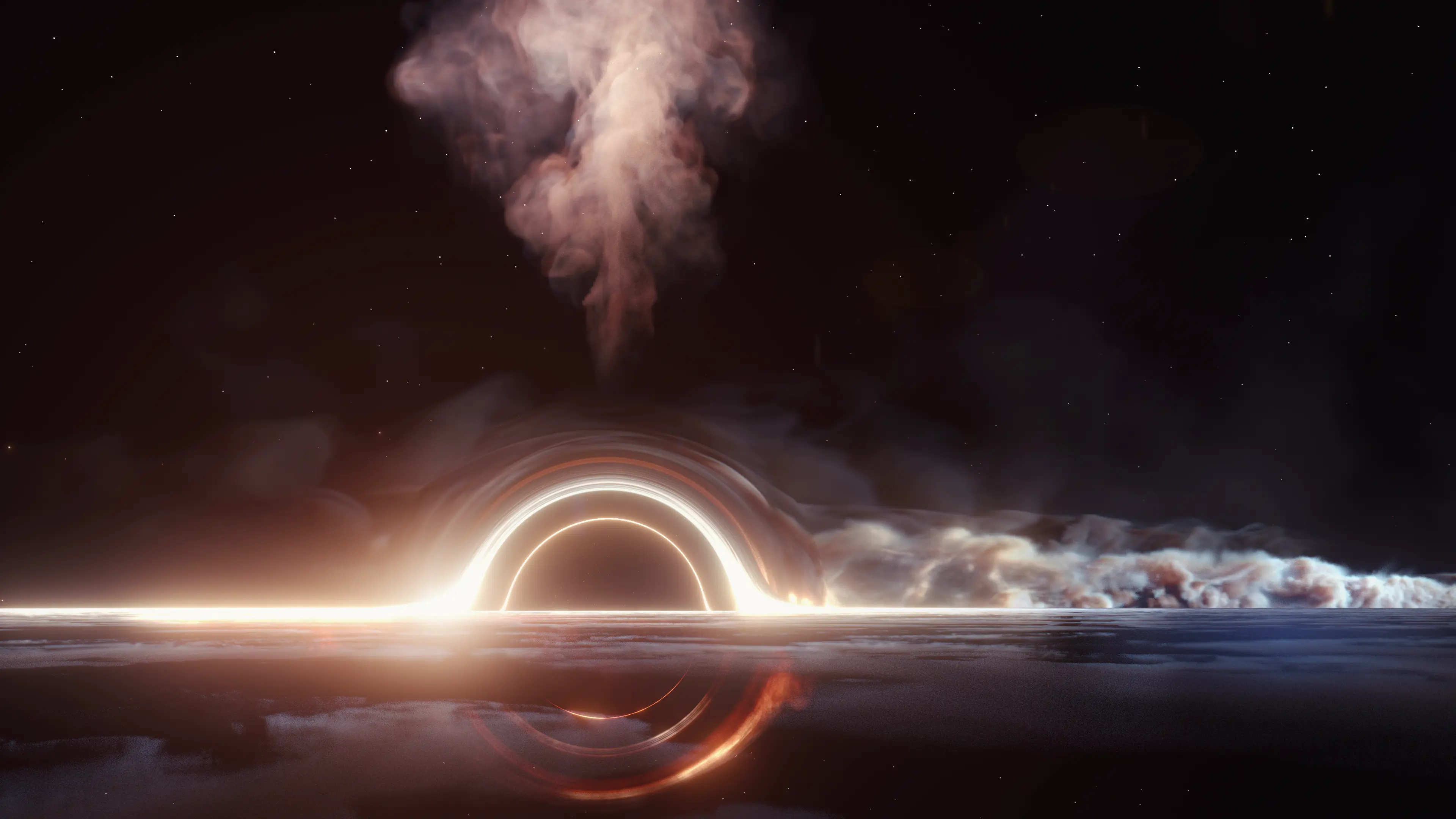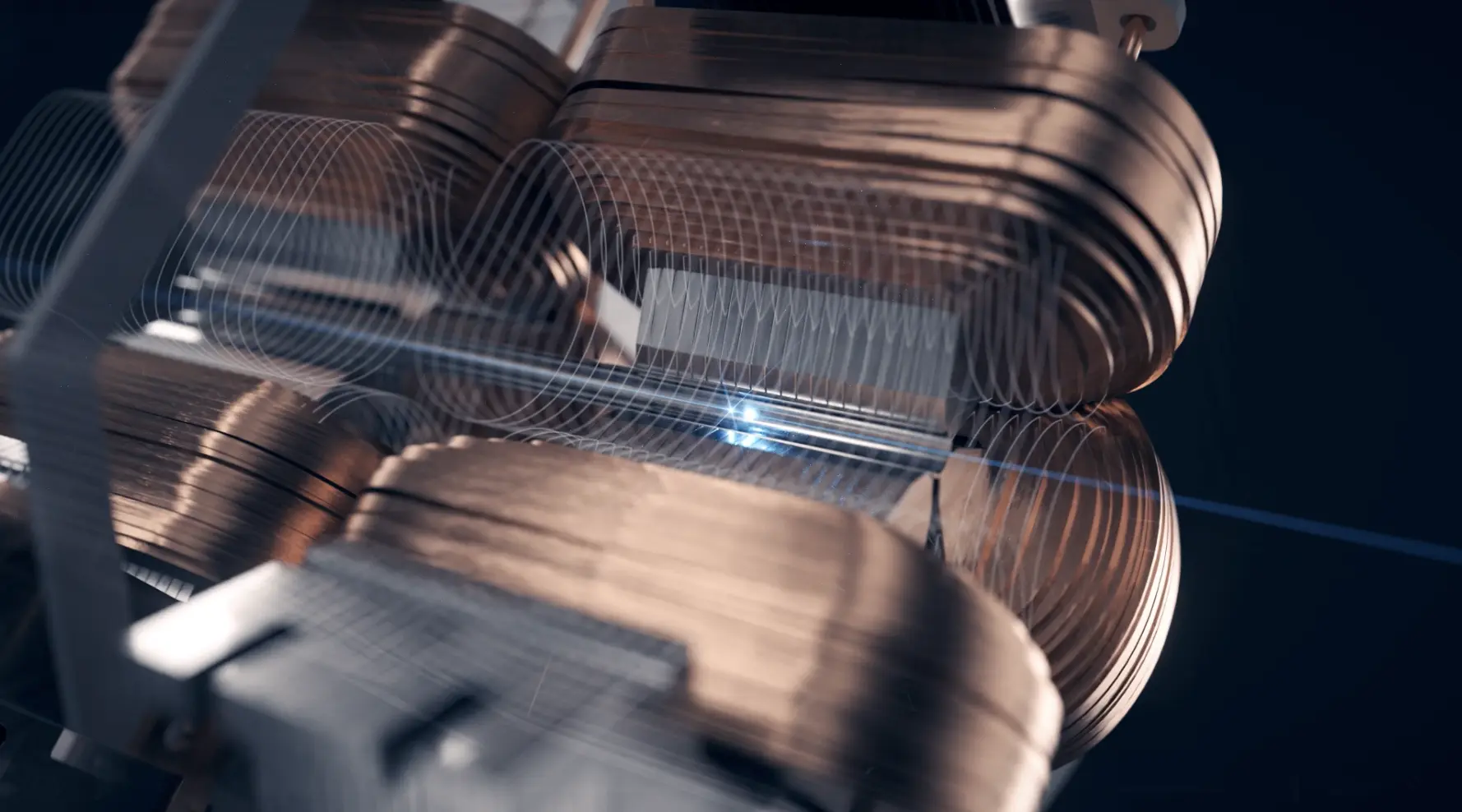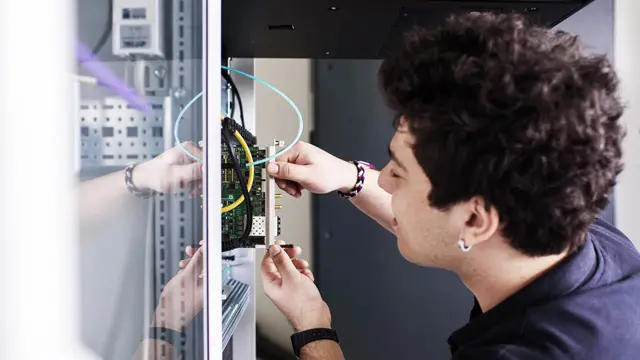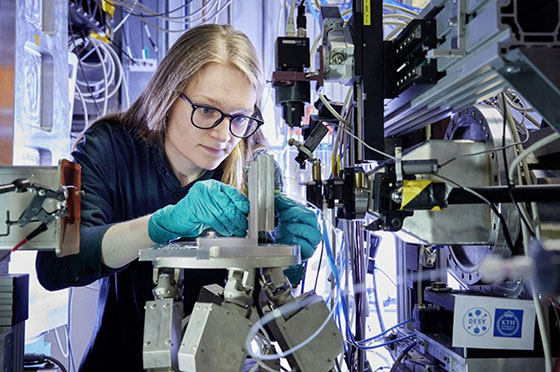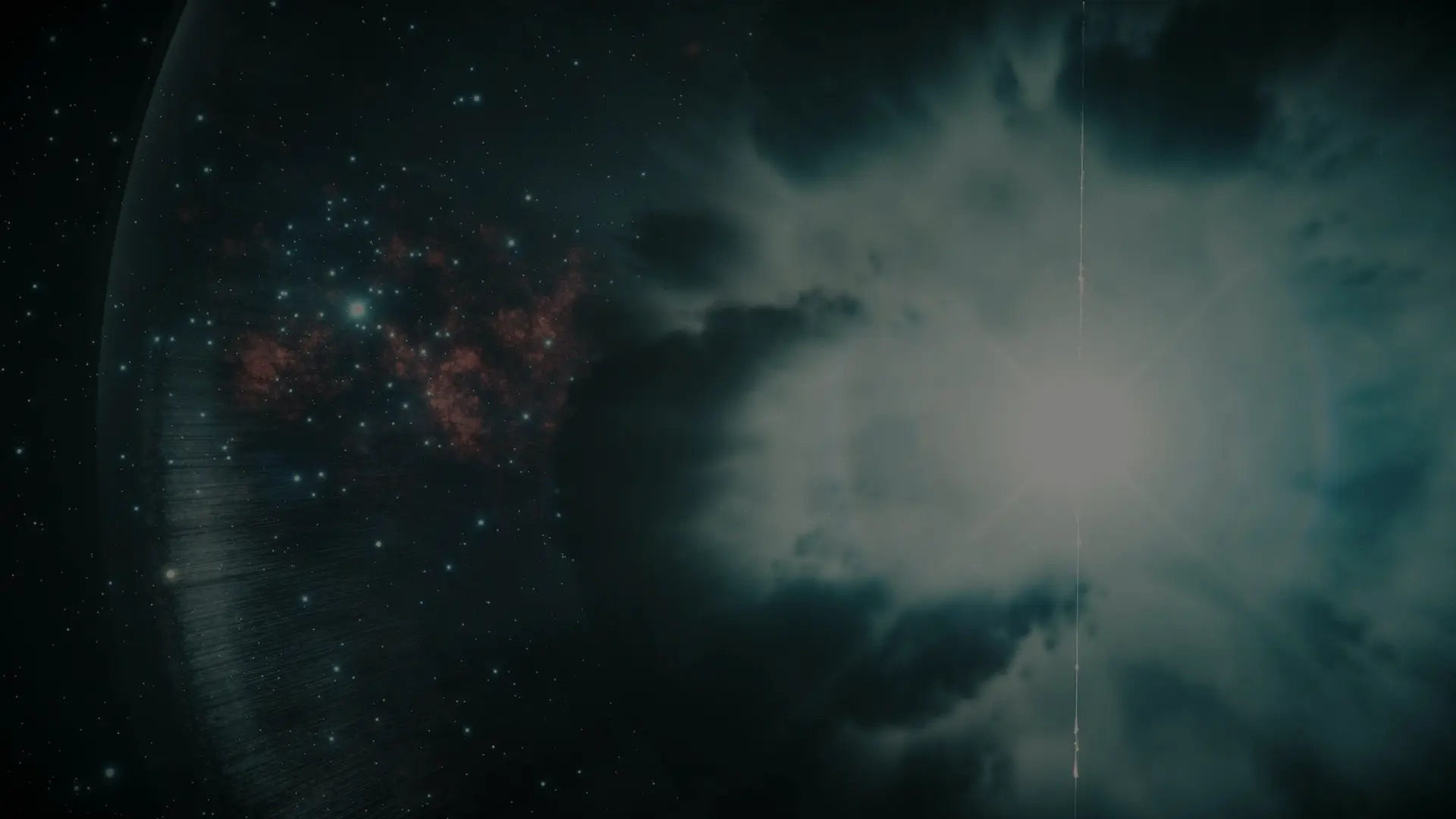
About DESY
DESY is one of the world’s leading accelerator centres. Researchers use the large-scale facilities at DESY to explore the microcosm in all its variety – from the interactions of tiny elementary particles and the behaviour of new types of nanomaterials to biomolecular processes that are essential to life.
The decoding of matter
The particle accelerators and detectors that DESY develops and builds are unique research tools. The facilities generate the world’s most intense X-ray light, accelerate particles to record energies and open completely new windows onto the universe. That makes DESY not only a magnet for more than 3000 guest researchers from over 40 countries every year, but also a coveted partner for national and international cooperations.
DESY’s decision-makers
Committed young researchers find an exciting interdisciplinary setting at DESY. The research centre offers specialized training for a large number of professions. DESY cooperates with industry and business to promote new technologies that will benefit society and encourage innovations. This also benefits the metropolitan regions of the two DESY locations, Hamburg and Zeuthen near Berlin.
DESY’s strategic guidelines
10 facts about DESY
- DESY is a research centre of the Helmholtz Association
- DESY is a publicly funded national research centre
- Established in Hamburg on 18 December 1959
- Locations: Hamburg and Zeuthen (Brandenburg)
- Basic budget: 349 million euros (Hamburg: 320 million euros, Zeuthen: 29 million euros)
- Financing: 90% on the national level (German Federal Ministry of Research, Technology and Space); 10% on the state level (City of Hamburg and Federal State of Brandenburg)
- Employees: approximately 3000, including 1300 scientists
- Guest scientists: more than 3000 from over 40 countries each year
- Training: more than 130 young people in commercial and technical vocations
- Young scientists: approximately 500 doctoral students and postdocs, countless master students
DESY as an organisation
Here, you will find DESY’s organisational charts for the four research divisions and the administration, including all groups, as well as lists of representatives and committees.
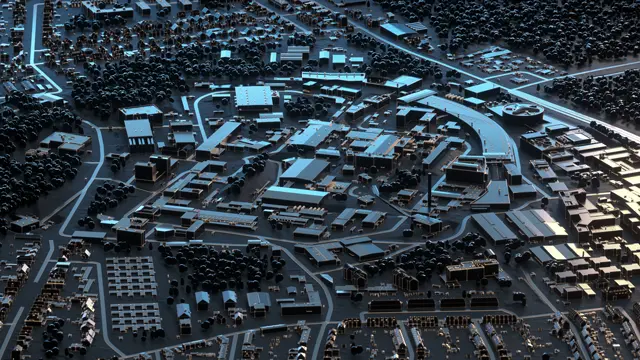
PETRA IV: A discovery machine for uncharted scientific territory
Thanks to PETRA IV's ultrabright X-ray light, researchers will be able to investigate natural phenomena and technical processes in new dimensions.
Learn more about PETRA IV

